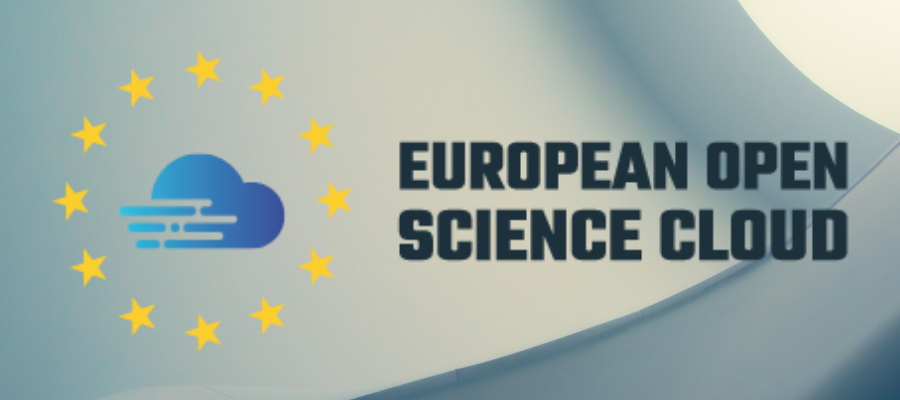European Open Science Cloud (EOSC)

The European Open Science Cloud (EOSC) is a platform that hosts and processes research data to support European science.
The EOSC started in 2015 with the aim to federate existing research data infrastructures in Europe and realise a web of FAIR data and related services for science. The outcome should be interoperable and machine-actionable research data based on the FAIR guiding principles.
The EOSC aims to provide European researchers, innovators, companies and citizens with a federated and open multi-disciplinary environment. They can publish, find and re-use data, tools and services for research, innovation and educational purposes.
The EOSC is recognised by the European Union as the pilot action to deepen the new European Research Area (ERA).
As of 2021, the EOSC is run as a co-programmed European Partnership under Horizon Europe.
What is the focus of the European Open Science Cloud (EOSC)?
The EOSC ultimately aims to develop a Web of FAIR Data and services for science in Europe. This will allow the creation of a wide range of value-added services from visualisation and analytics to long-term information preservation.
The EOSC enables a step-change across scientific communities and research infrastructures towards
- seamless access
- FAIR (Findability, Accessibility, Interoperability and Reusability) management
- reliable reuse of research data and all other digital objects produced along the research life cycle (e.g. methods, software and publications)
This is the best instrument to provide a framework for collaboration and the pooling of resources at European, national, regional and institutional levels.
The EOSC integrates several useful instruments such as the EOSC Portal, EOSC Association and so on.
Services of the EOSC Portal
The EOSC Portal is part of the EOSC implementation roadmap as one of the expected “federating core” services.
 It is a gateway to information and resources in EOSC that provides updates on its governance and players. In addition, it presents information about projects, funding opportunities for its stakeholders, relevant European and national policies, important documents, and recent developments.
It is a gateway to information and resources in EOSC that provides updates on its governance and players. In addition, it presents information about projects, funding opportunities for its stakeholders, relevant European and national policies, important documents, and recent developments.
The EOSC Portal Catalogue & Marketplace acts as an entry point to the multitude of services and resources for researchers.
It provides training materials and tutorials on how to use its features.
The Portal offers information for potential service providers about onboarding their services to the EOSC Portal Catalogue & Marketplace.
The EOSC Portal also engages the EOSC community and stakeholders. The events and news sections cover relevant updates coming from the expanding EOSC ecosystem.
EOSC Association and task forces
The EOSC Association governs the EOSC since 2020. It has more than 200 Members and Observers.
It plays an important role in helping to coordinate and steer a series of funded projects and initiatives through its Task Forces and other governance structures.
The EOSC Association is comprised of Members and Observers that must be legal entities. The annual fee for joining the organisation ranges between 10 000€ for full members and 2000€ for observers.
Prospective members/observes should complete this form.
The EOSC's complexity is portrayed through the versatility of Task Forces such as
- FAIR metrics and Data Quality Task Force
- Semantic Interoperability Task Force
- PID Policy and Implementation Task Force
- Researcher Engagement & Adoption Task Force
- Rules of Participation Compliance Monitoring Task Force
- Data stewardship, curricula and career paths Task Force
- Research careers, recognition and credit Task Force
- Upskilling countries to engage in EOSC Task Force
- Authentication and Authorization Infrastructure Architecture (AAI) Task Force
- Infrastructures for Quality Research Software Task Force
- Technical Interoperability of Data and Services Task Force
- Financial Sustainability Task Force
- Long-Term Data Preservation Task Force
